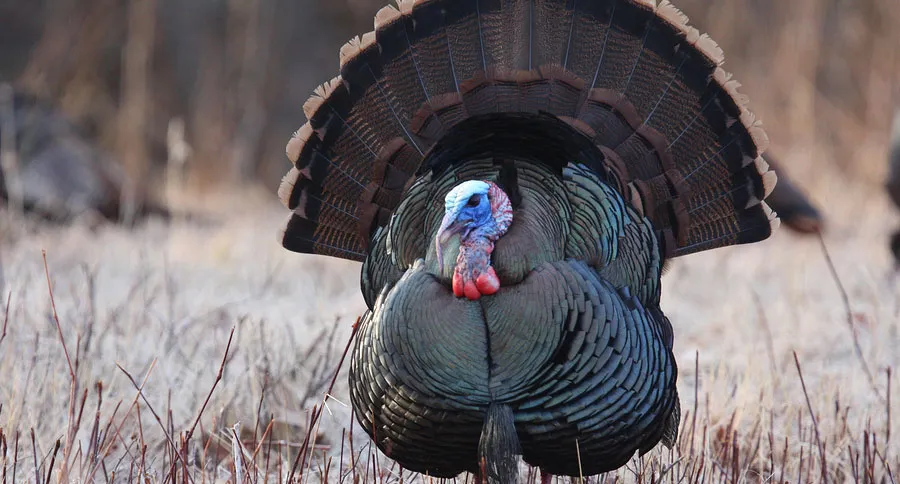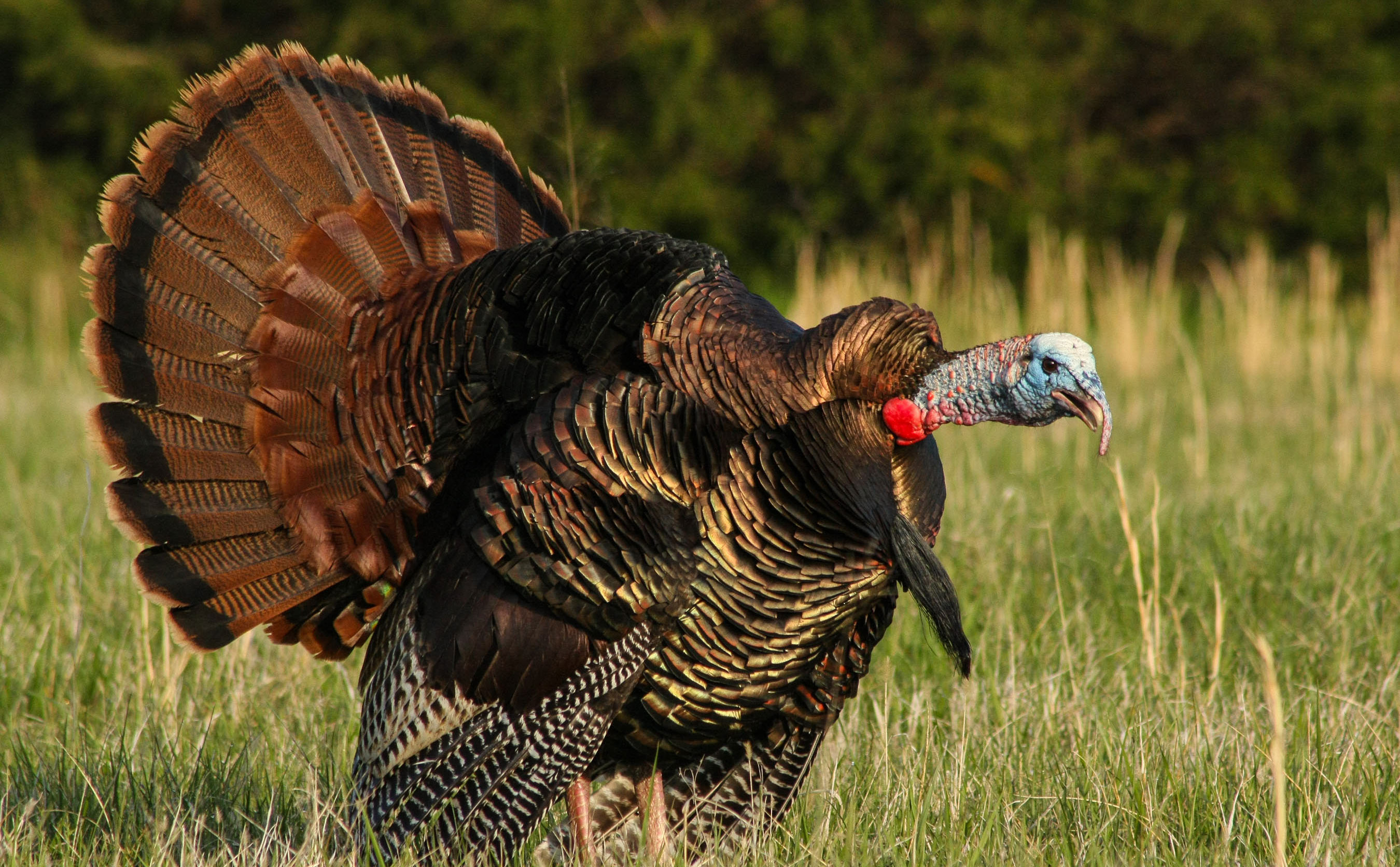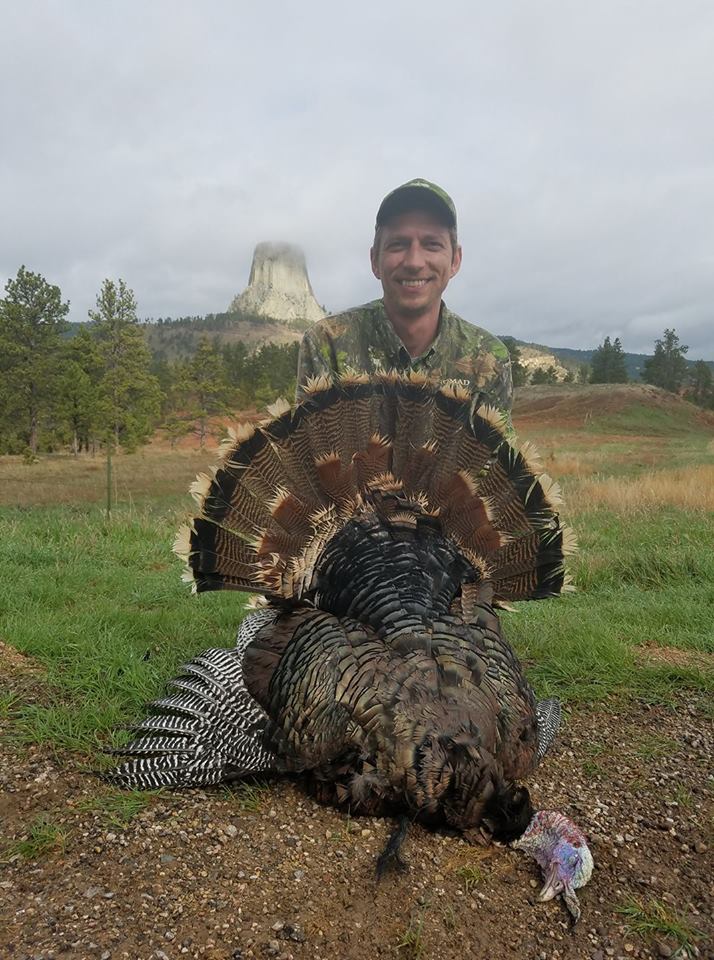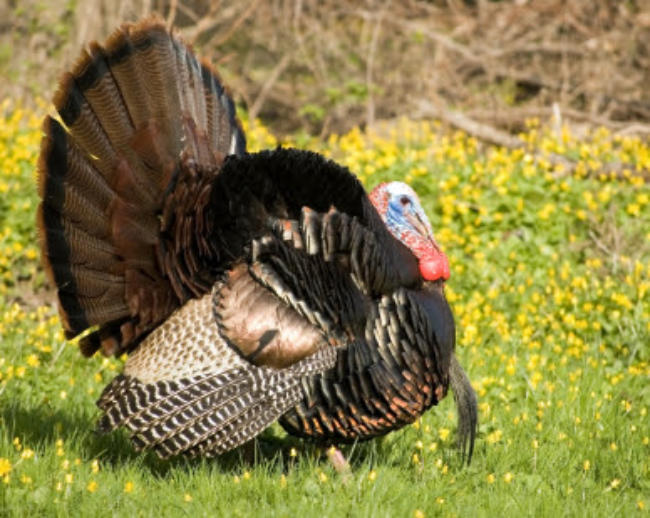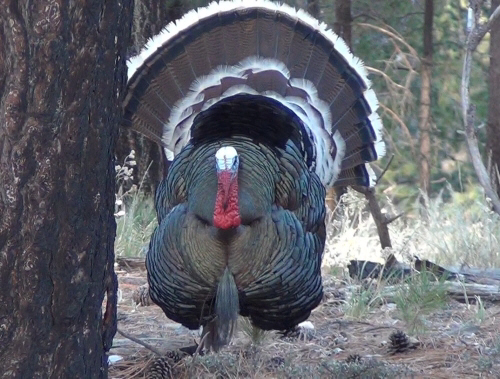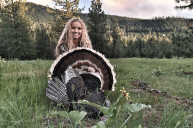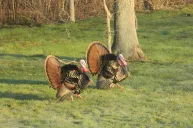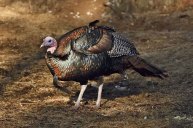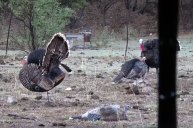Can you tell all these birds apart?
Everyone's seen a wild turkey before. These unique birds are hard to mistake, particularly when they're moving in full strut.
Hunters across North America live for the first spring gobbler hunt of the year, but they aren't all chasing the same birds.
Any of these birds look familiar?
Eastern Wild Turkey
The eastern wild turkey is the most abundant of all the North American subspecies. With a population sitting at more than 5 million birds, the eastern has a range as large as any other subspecies, covering basically the entire eastern half of the United States. You can find these birds in Maine, all the way down to northern Florida and west as far as Missouri. You can also find them in parts of Quebec, Ontario, Manitoba and the Maritimes Provinces.
Gobblers weigh up to 30 pounds and can grow up to 4 feet tall, making the eastern one of the larger subspecies.
They features a particularly long beard, chestnut-colored tips on the tail feathers the strongest gobble. And, well-versed turkey hunters will tell you they're easily the hardest to call in.
Rio Grande Wild Turkey
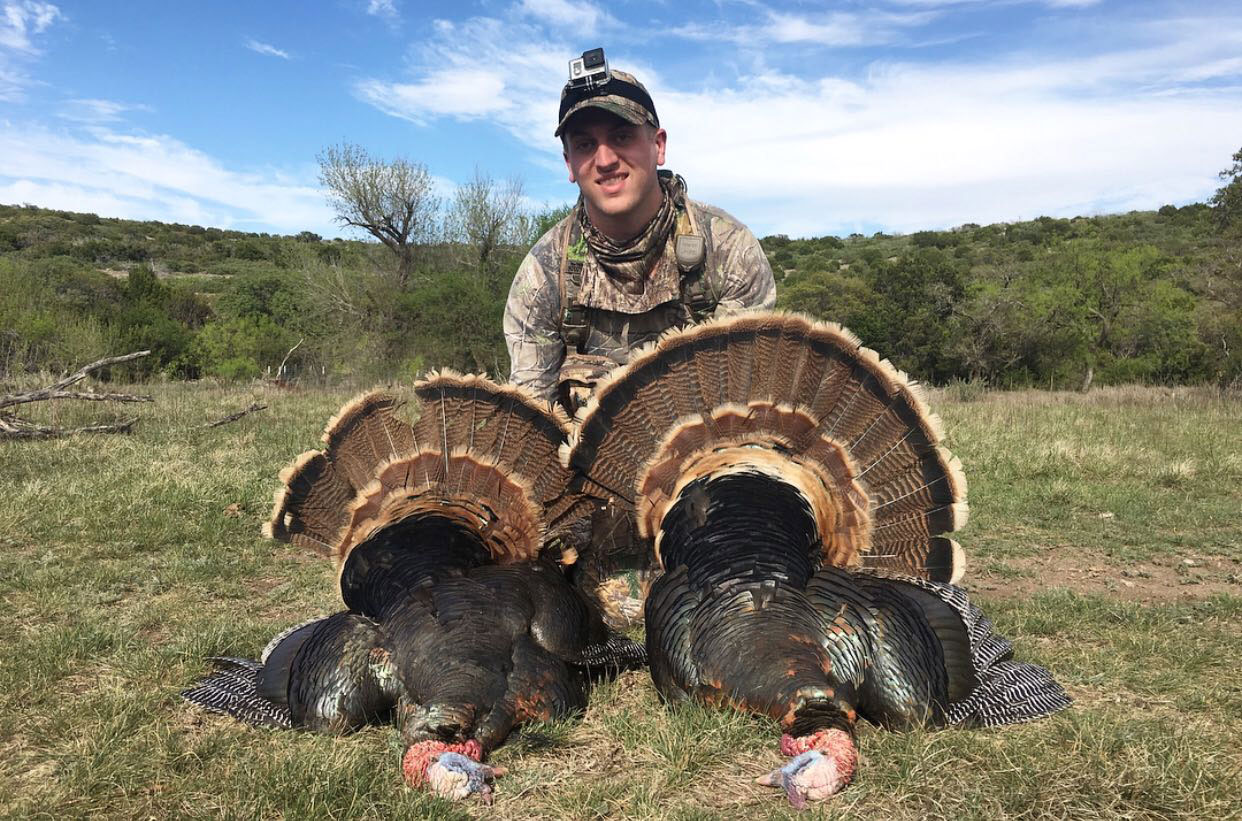
The Rio Grande wild turkey is one of the smaller subspecies, as gobblers generally weigh around 20 pounds and hens only weigh about 10 pounds on average. You can find them in the central plain states like Texas, Oklahoma, New Mexico and Kansas, and also out west in Colorado Utah, California and Oregon.
With population numbers sitting right around a million, Rios are the second-most abundant turkey subspecies in the United States.
These beautiful birds feature tan-colored feather tips and fairly long legs, which help them traverse prairie terrain.
Merriam's Wild Turkey
The Merriam's wild turkey is regarded as the mountain turkey, since it covers most of the Rocky Mountains, as well as western prairie states, such as Montana, Wyoming and South Dakota. At around 340,000 birds, the Merriam's is the third-most abundant turkey subspecies in the United States.
Although these large birds are about the same size as easterns, they actually have the weakest gobble of any subspecies, as well as shorter spurs and a shorter beard. They do, however, have very impressive feathers, which feature light tips and a lot of white throughout the feathers.
Osceola Wild Turkey
Also known as Florida wild turkeys, Osceolas are most common in the Florida peninsula, where they'll often range through swampy terrain. It's the smallest subspecies in terms of physical size, with gobblers generally weighing less than 20 pounds.
They feature dark-brown feather tips and barely any white in their feathers, which is usually the easiest way to tell them apart. They have especially long spurs and legs, but fairly short beards.
Osceolas are considered just as hard to call in as easterns, and have incredibly strong gobbles, too.
Gould's Wild Turkey
Gould's wild turkeys are hard to miss. Their bleach-white feather tips stick out like a sore thumb, but offer a stunning touch to an already-beautiful bird.
It's the biggest subspecies of all, as males regularly weigh 30 pounds.
These birds have long legs, but the shortest spurs. While most of the population lives in northern Mexico, there are small, protected populations in the southern regions of New Mexico and Arizona.
Ocellated Turkey

Even harder to miss than the Gould's, the ocellated turkey stands apart from the wild turkey, but is closely related. The ocellated turkey resides exclusively in the Yucatán Peninsula in Mexico.
They sport breathtaking rainbow-colored feathers, very long spurs and don't have a beard (something all males have among wild turkey subspecies). They use a more high-pitched gobble than wild turkeys, as well as a drumming sound.
Ocellated turkeys are very small, as males only weigh 11 or 12 pounds on average.
NEXT: EXOTIC EXCURSION: CHASING AOUDAD THROUGH THE MOUNTAINS OF WEST TEXAS
WATCH
